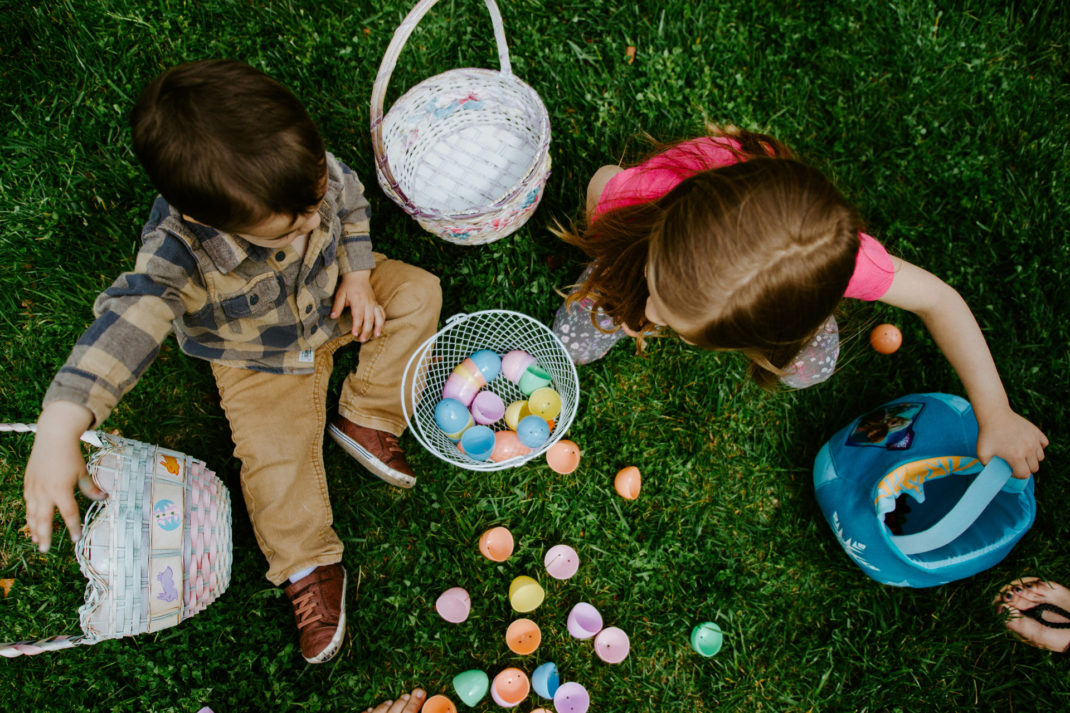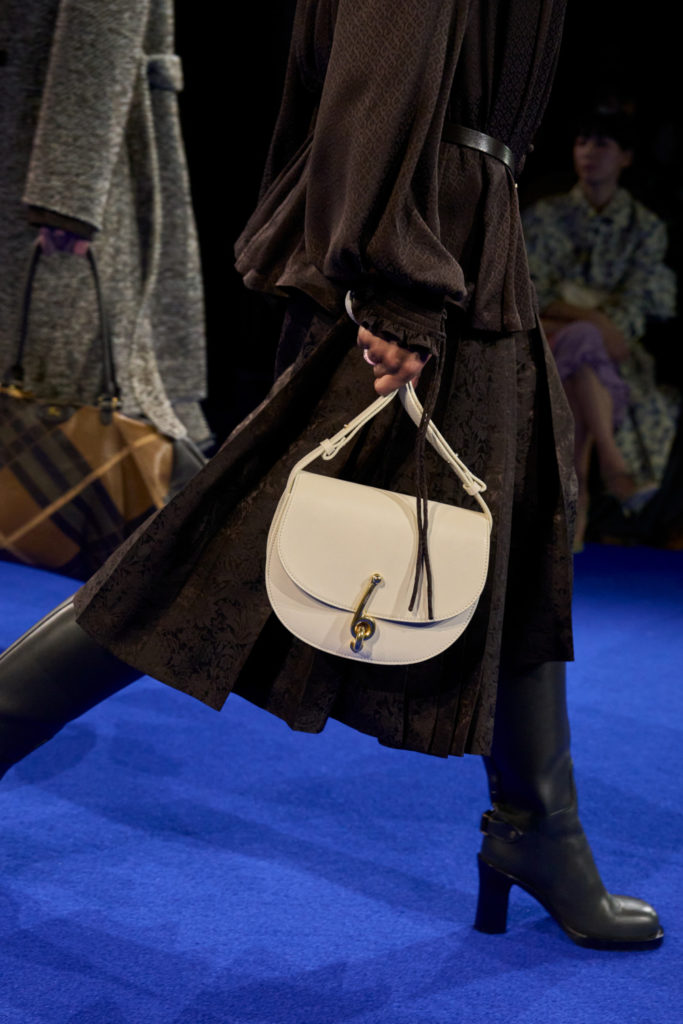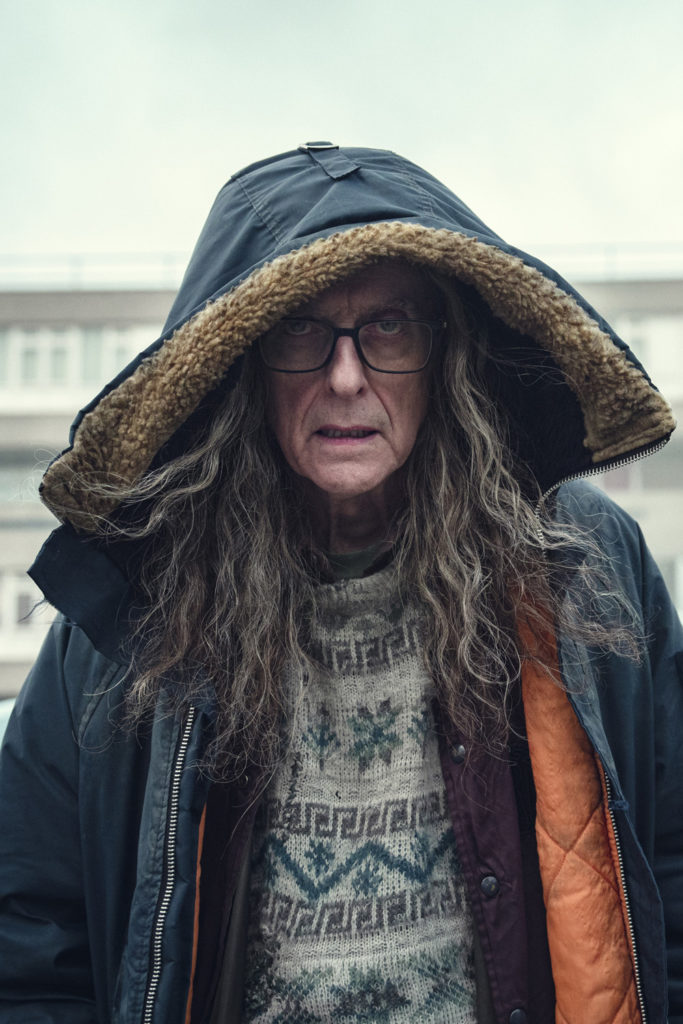How To Tie-Dye: A Workshop With The Master
By
5 years ago
LA designer Raquel Allegra gives us a tie-dye masterclass
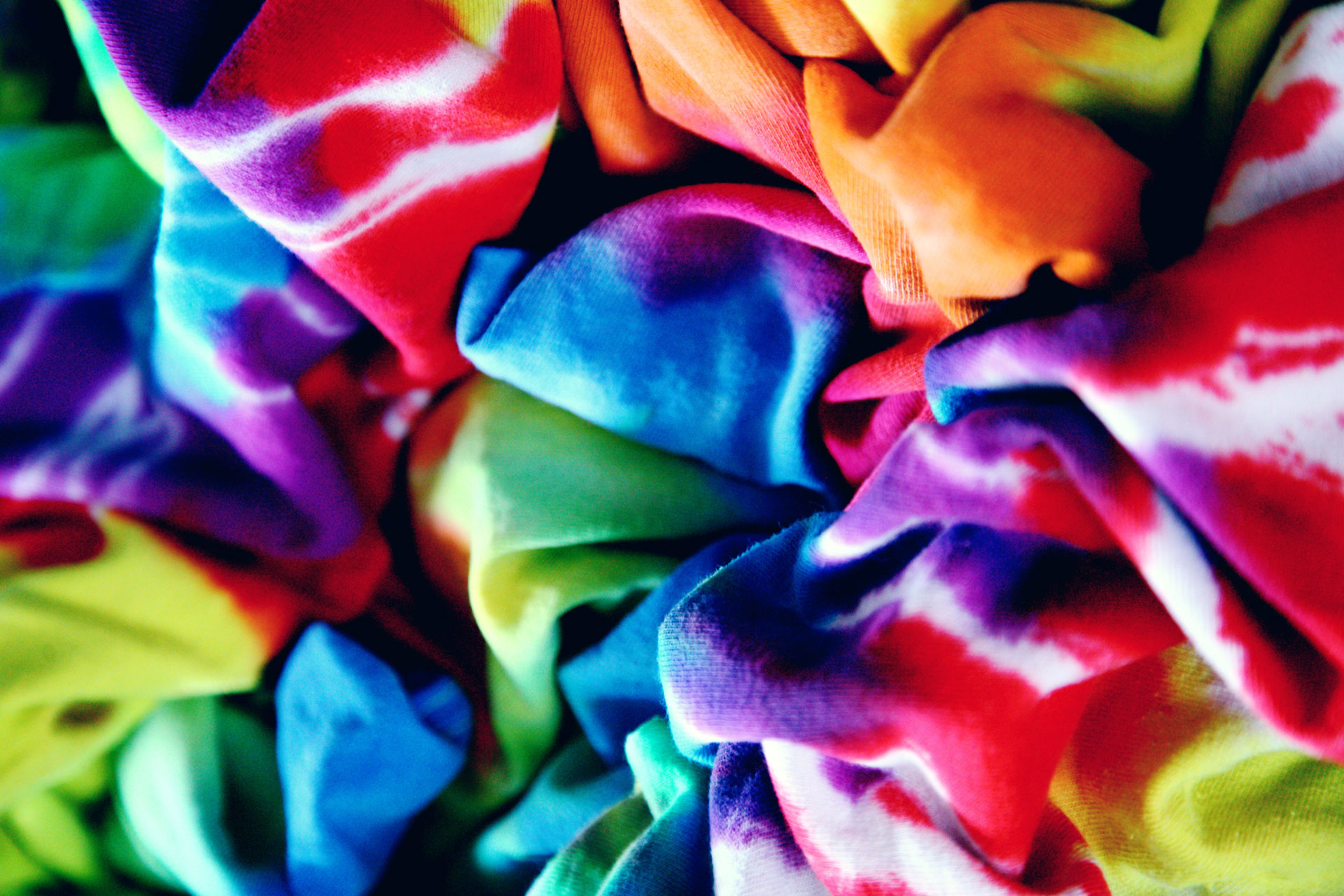
Warning: the art of tie-dye is highly addictive. Within an hour of learning it’s likely you won’t own a single white item of clothing or house linen. Which is why, back in 2017, we were just a little bit mad at LA designer and tie-dye master Raquel Allegra, who flew into London to teach us the tricks of the trade. As the tie-dye trend booms in lockdown, we’re revisiting her masterclass to help you up your upcycling game with these tips and tricks we learnt from Raquel. Prepare to start your life in a tie-dye house…
How To Tie-Dye The Raquel Allegra Way
LA-based designer Raquel Allegra started working with recycled garments and fabrics very early in her career. From her signature shredding techniques (in which she ‘unravels’ fabrics to create sheer, cobweb-like designs in her pieces) to multi-colour dip and tie-dying, she started working with oversized vintage T-shirts recycled from the LA County Prison System. Talk about taking something old and unloved and making it into something beautiful.
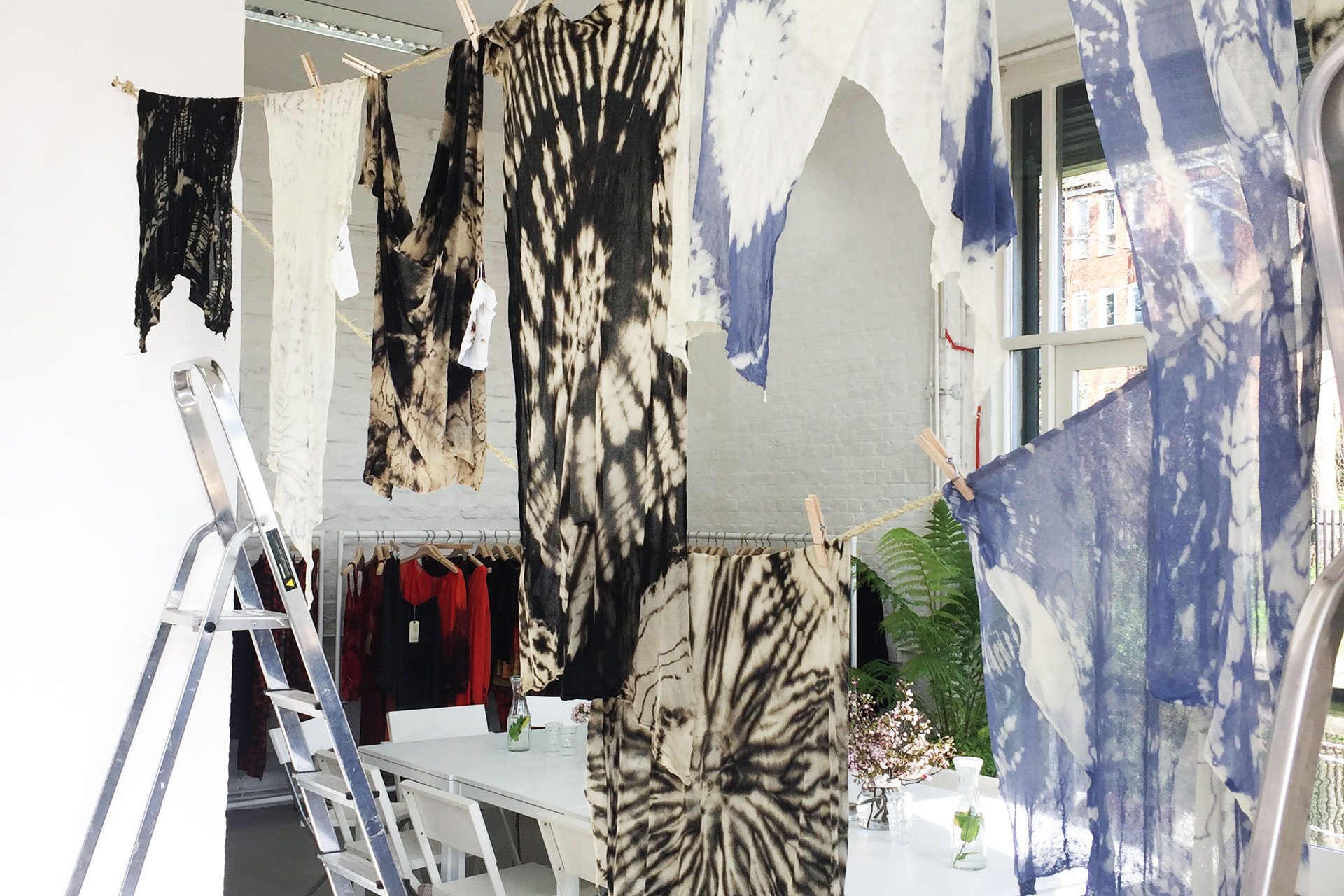
At the tie-dye masterclass with Raquel Allegra – the top middle is the ‘shell’ dye technique.
Ready to give it a go? At her workshop, Raquel talked us through a few of her signature tie-dye techniques, where she works with the original garment and removes colour to create bold patterns and textures. Working on a rag or spare piece of fabric first is a great idea to give you a preview of the results you can expect.
The Bamboo Dye
One of our favourite looks we achieved on the day was with Raquel’s ‘bamboo’ technique. Working with slightly damp fabric, create a concertina fold from one end to the other and loosely secure in place with elastic bands. Then take a long piece of elastic (or a ‘chain’ of elastic bands looped together) and tightly wrap the folded fabric from one end to the other.
Next, dip the fabric all the way into your dye solution, or submerge completely depending on the results you’re hoping to achieve. Leave for as long as your instructions advise, then remove the bands and rinse thoroughly. Et voila!
The Shell Dye
Another great pattern technique Raquel uses is the shell. Flatten your garment (while slightly damp) on a solid surface and using a stick or ruler, gently twist the item (keeping flat) around a central point. Once you’ve twisted your item into a circle around the central point, remove the stick and secure in place with rubber bands. The more bands you use, the more of the original fabric colour will be visible. Now repeat the dying process as above, rinse, remove bands and enjoy!

Raquel Allegra S/S ’17 collection
Hopefully, what with it being national crafts month and all, you’ll be inspired to give this a go yourself. But if not, check out Raquel’s latest collection and invest in a couple of pieces for summer. And note: top to toe tie-dye isn’t as terrifying as it sounds, especially when it’s created from super-soft silk in pale pastel pinks or calm sea greens. Heavenly.
For more tie-dye, see our favourite Etsy makers using tie-dye in their work
Tori Lo Designs
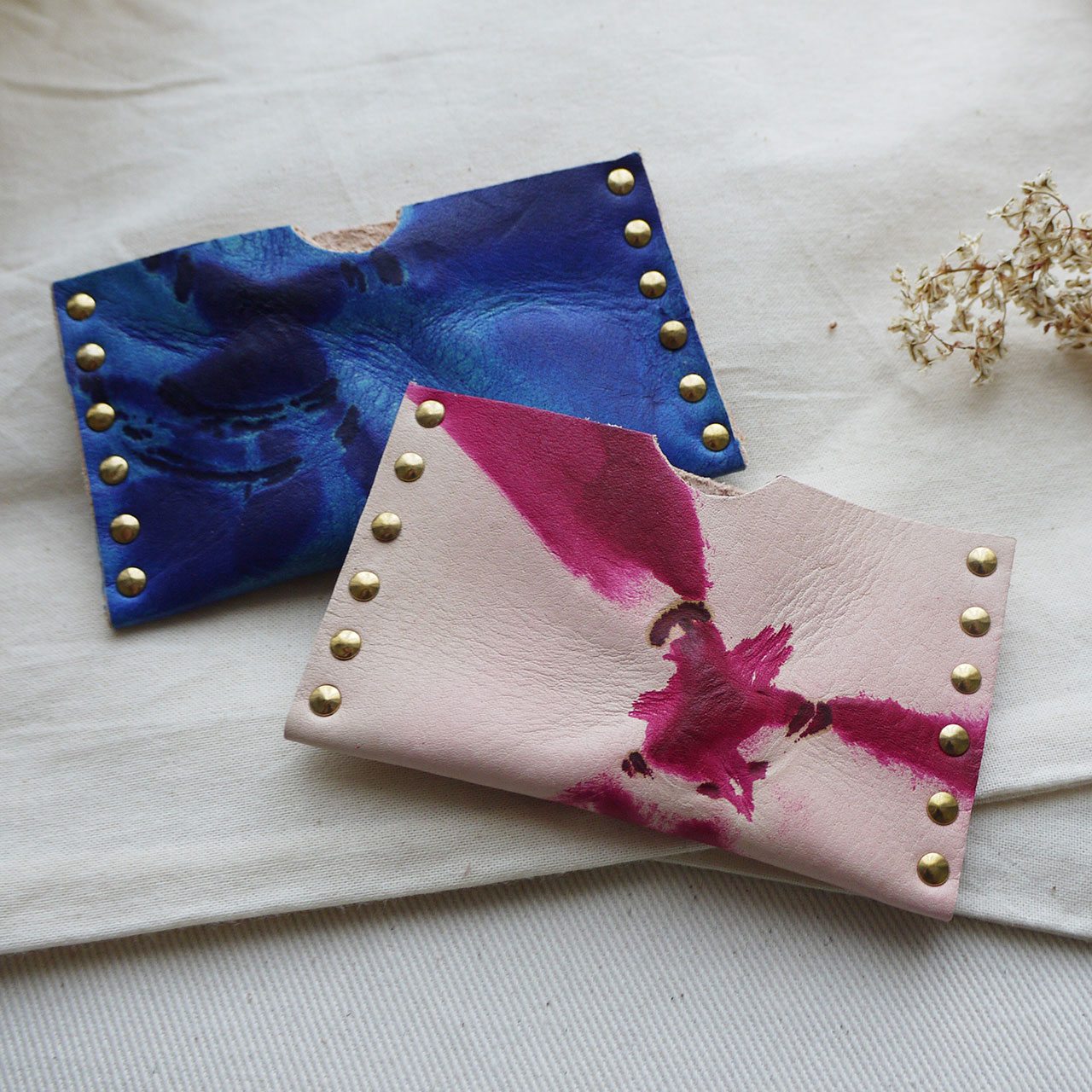
Based in Newcastle, Tori Lo creates beautiful bespoke leather goods including wallets, card holders and phone cases. Each one is created individually to give a touch of originality and personalization.
Top tips on tie-dying
My process for tie dying is slightly different to a typical tie dye product. All my items are tied then hand painted with the dye, rather than being fully submerged. This gives me some control over the final outcome of the product, however not much. I love the beauty of tie dye, the unknown and uncontrollable quality. Each and every hide comes out differently.
Romor Designs1
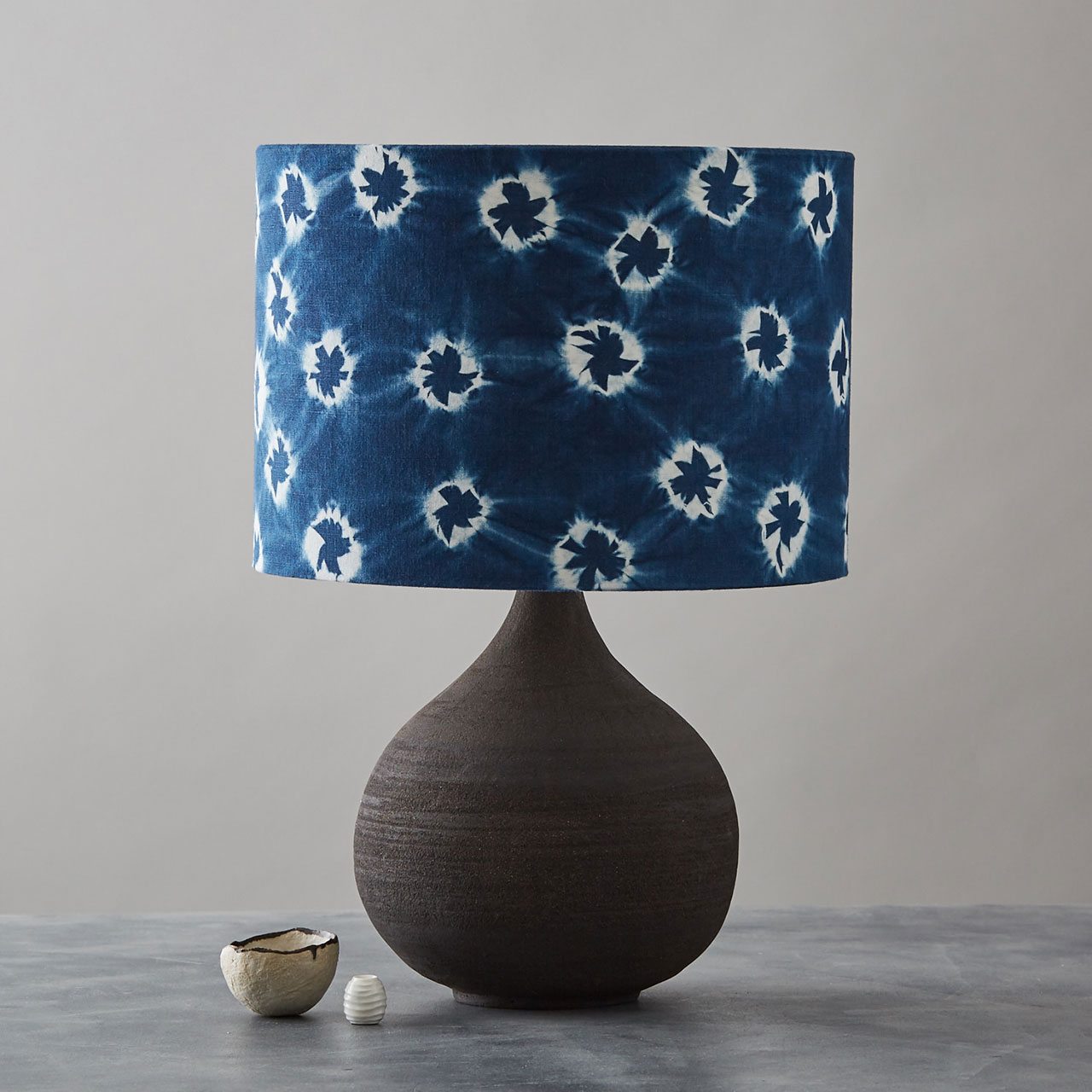
Romor Designs1 is based in London and creates tie-dye lampshades, handkerchiefs and table linens. The perfect way to add a pop of colour to a room.
Shibori
My work is actually Shibori, the Japanese version of tie dye and includes stitching, binding and clamping methods (Itajime). My top tip for all my work is to make sure you get a strong resist by pulling up sewn pieces tightly dry and then spraying them with water and pulling up the stitches some more before tying your knots off tightly.
Fabrics of Humanity
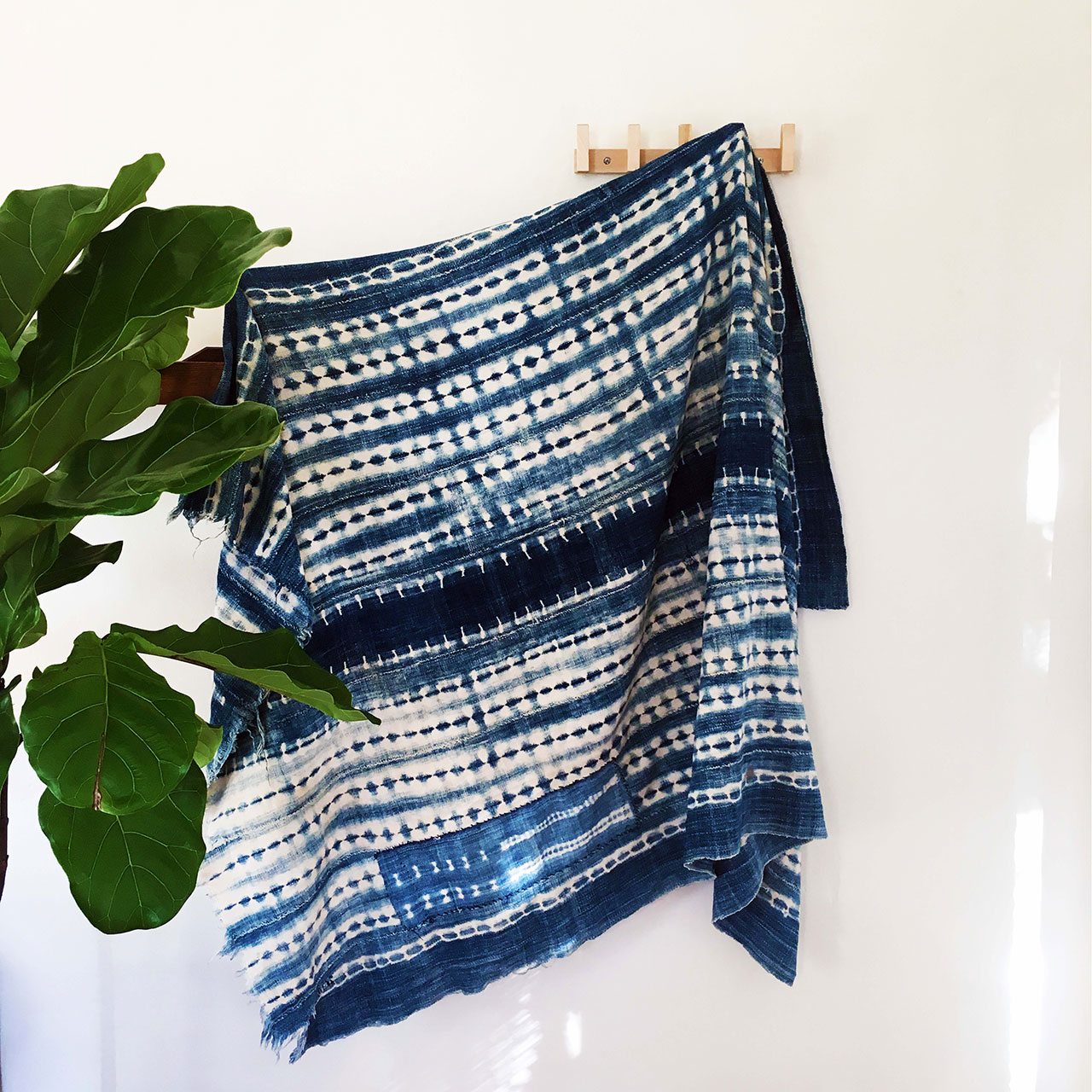
The California-based fabric and wall hanging producer FabricsofHumanity bring fabrics from around the world to your home.
Hopefully, what with it being national crafts month and all, you’ll be inspired to give this a go yourself. But if not, check out Tori Lo Designs leather goods or some textiles from FabricsofHumanity. And note: top to toe tie-dye isn’t as terrifying as it sounds, especially when it’s created from super-soft silk in pale pastel pinks or calm sea greens. Heavenly.
Top Tips
Batik fabric is a laborious practice of repetition in tub dying and waxing. The rich colors you see in my shop are created through over-dying the fabrics until you achieve the color you want. The wax is used to “resist” the dye so you can create endless amounts of unique patterns.
- Always pre-wash your fabrics. There’s a lot of microscopic impurities that the human eye can’t see. Without pre-washing it, you risk interfering the dying process.
- There’s a lot of fancy tools you could buy to achieve the same result as tools you may already own. Here’s a few. Instead of getting an electric wax pot, try an electric frying pan. Instead of stretching the fabric on a Frame, a piece of cardboard would work just as well.
- The patterns you make are quite literally endless. All you need to do is find an interesting end of an object that can take the heat out of the wax. Don’t believe me? Try cutting the end of vegetables like celery of bell peppers. It works!
- Remember that color wheel you learned in middle school? It’s super useful for dying fabrics. For example, dying yellow first and turquoise second would create a bright green. Mixing these up could create a not so happy accident.
READ MORE: How to Crochet / How to Knit / The Luxury List

